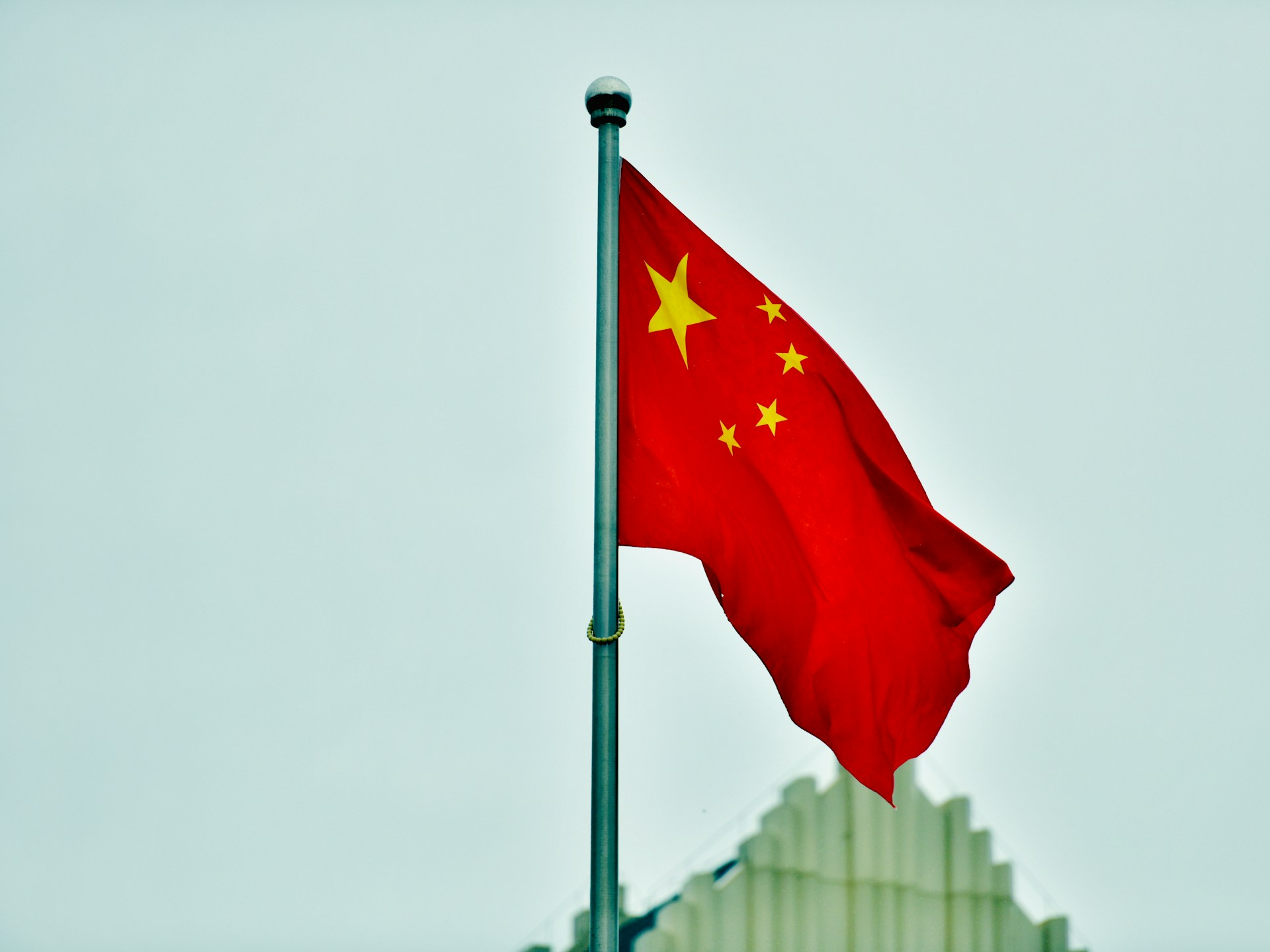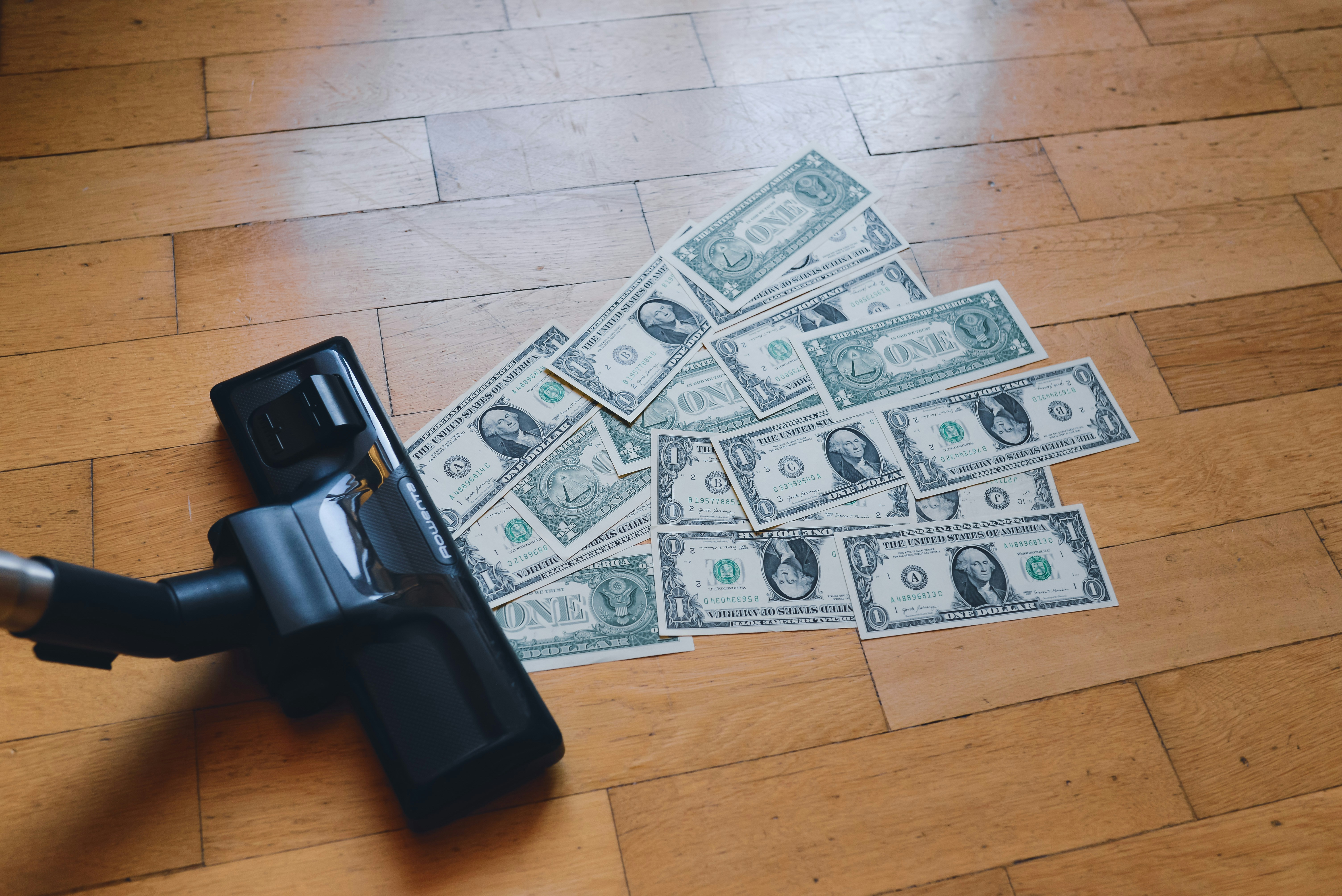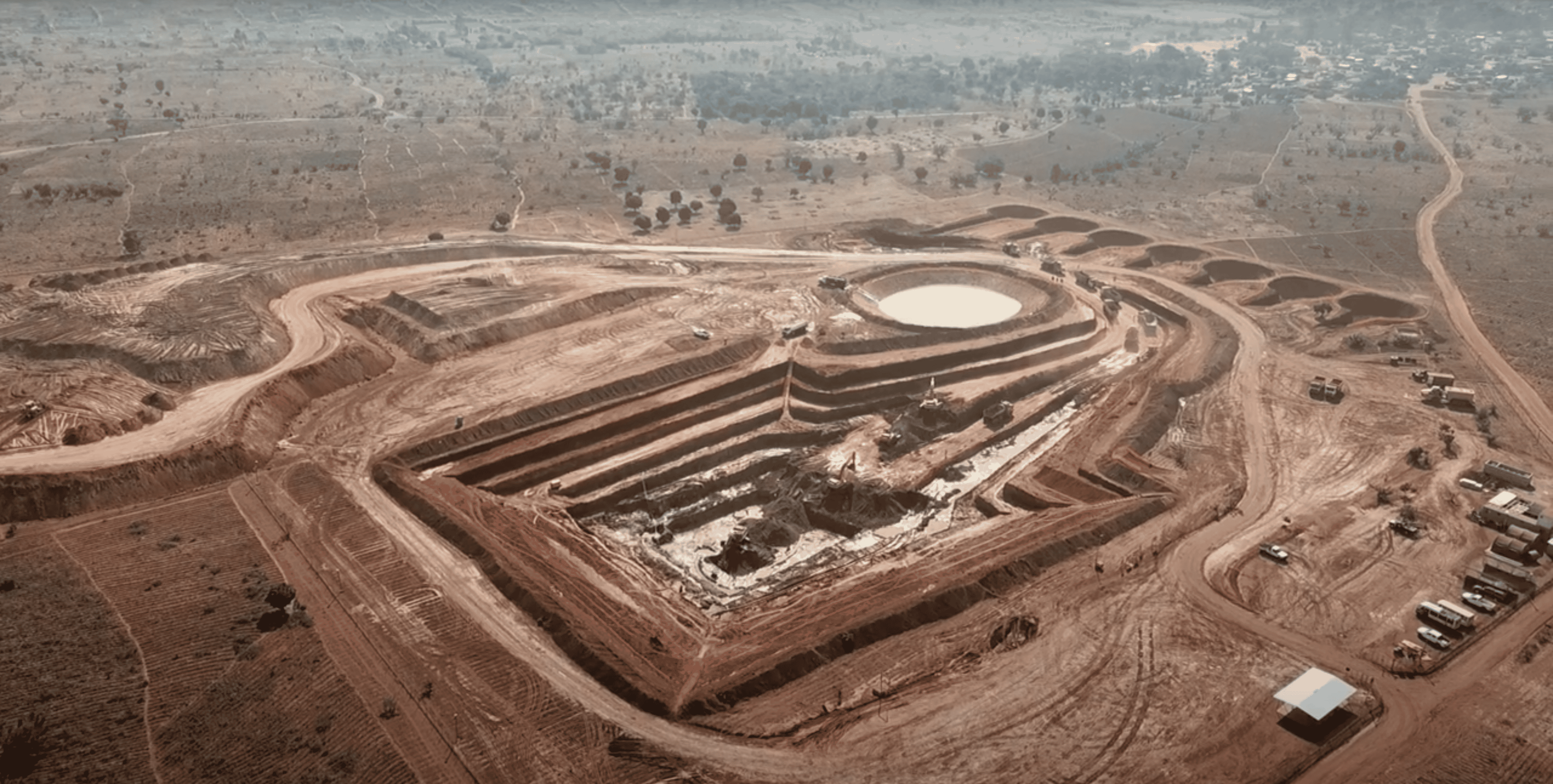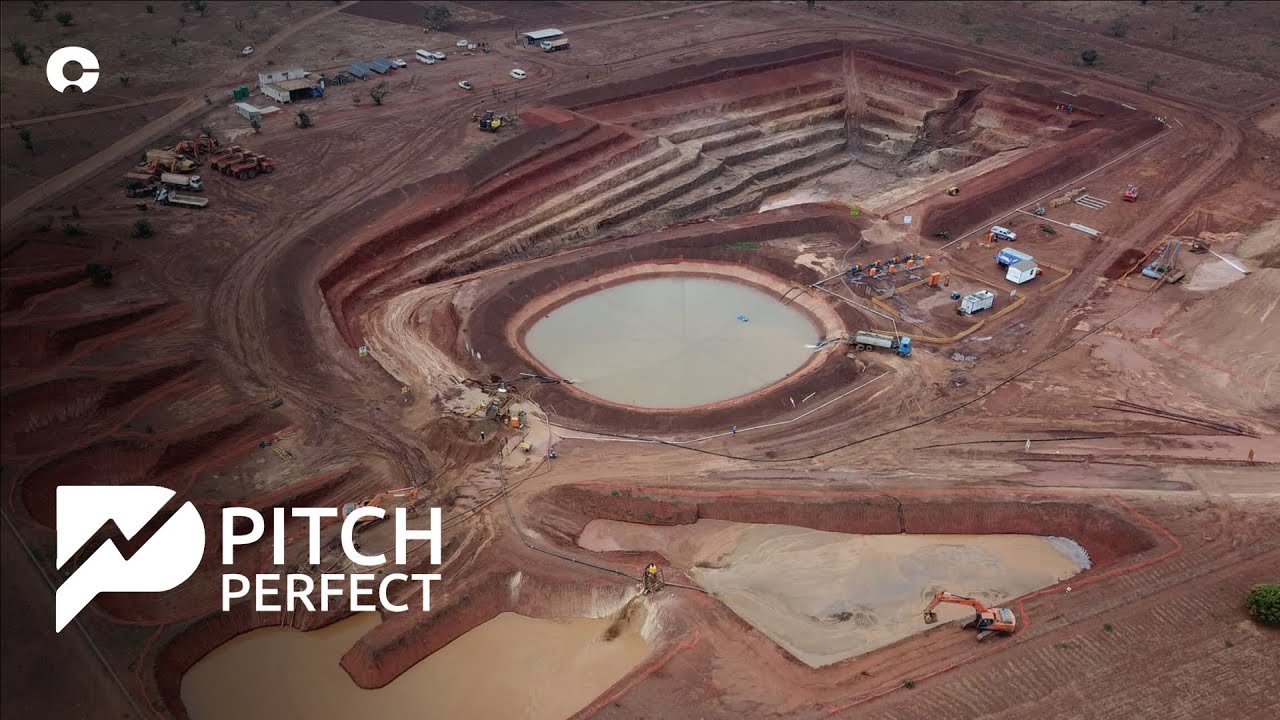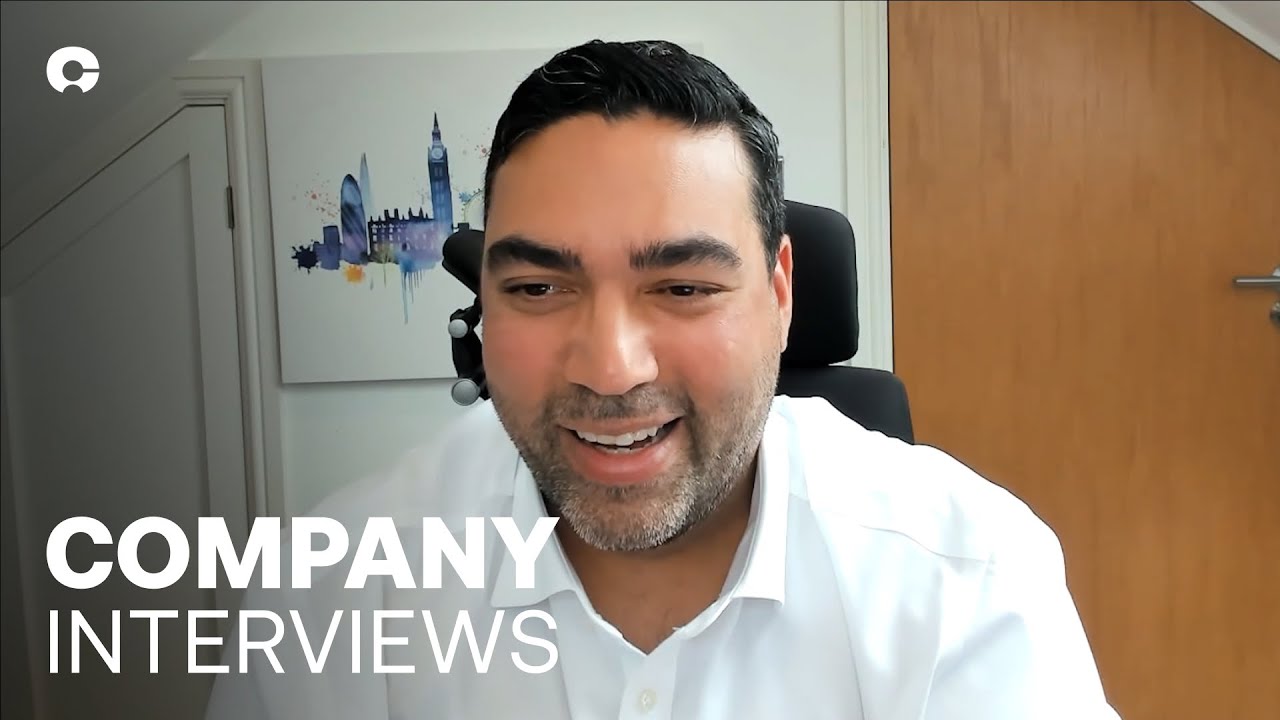


Sovereign Metals


Sovereign Metals (ASX:SVM / AIM:SVML) is an Australian-based mining company focused on developing the Kasiya Rutile-Graphite Project in Malawi. Discovered in 2019, Kasiya is already the world's largest rutile (titanium) deposit and second largest flake graphite resource. The project aims to produce two critical minerals - natural rutile and graphite - that are essential for various industries including defence, aerospace, paints, electric vehicles, and renewable energy technologies.
Kasiya's mineral resource estimate stands at 1.8 billion tonnes, containing 17.9 million tonnes of rutile and 24.4 million tonnes of graphite. That is equivalent to 20-25Moz of gold at today’s prices. The company has completed a Pre-Feasibility Study (PFS) which demonstrates tier 1 project economics, with a post-tax NPV8 of US$1.6 billion and IRR of 28% over an initial 25-year mine life. Notably, the PFS only incorporates about 30% of the known resource, suggesting significant potential for expansion or extended operations.
A key differentiator for Sovereign Metals is its focus on sustainable and low-carbon mining practices. The company aims to leverage Malawi's predominantly renewable energy grid and implement progressive land rehabilitation to minimize environmental impact. This approach positions Kasiya's products as some of the lowest carbon footprint options in their respective markets, potentially attracting environmentally conscious end-users and investors.
Opportunity
The investment opportunity in Sovereign Metals is underpinned by several compelling factors. Both rutile and graphite, the primary products of the Kasiya project, are classified as critical minerals by major economies including the US, EU, and Japan. With China currently dominating the supply chains for these minerals, there is growing demand for alternative sources to enhance supply security and reduce geopolitical risks. This positions Sovereign Metals favorably in a market seeking diversification.
Kasiya is poised to become the largest producer of both rutile and graphite outside of China. The project's planned annual production of 222,000 tonnes of rutile and 244,000 tonnes of graphite would establish Sovereign as the dominant player in both markets in terms of production volume and lowest cost profile. This scale of production, combined with the Pre-Feasibility Study's indication that Kasiya could be the lowest-cost producer globally for both minerals, provides a strong foundation for the company's market position. The cost advantage offers resilience against market fluctuations and the potential for strong profit margins.
As industries worldwide increasingly focus on reducing carbon emissions, Kasiya's low-carbon footprint products offer a significant competitive advantage. The project's rutile could reduce Scope 1 & 2 emissions by up to 95% compared to alternatives, while its graphite could offer an 83% reduction compared to Chinese natural graphite. This aligns perfectly with the global decarbonization trend and positions Sovereign's products attractively for environmentally conscious end-users.
The strategic partnership with Rio Tinto, one of the world's largest mining companies, provides further validation of the project's potential. Rio Tinto's A$40 million investment for a 15% stake in Sovereign Metals not only provides capital but also offers access to world-class technical expertise for the project's development. This partnership enhances Sovereign's credibility and could prove invaluable as the project progresses.
Expansion potential is another key factor supporting the investment case. With only 30% of the known resource incorporated in the current mine plan, there is significant potential for expansion or extended mine life beyond the initial 25 years. This provides long-term growth prospects and flexibility to adapt to future market demands as well as making Kasiya large enough to attract the attention of major customers and potential future acquirers.
Finally, the project's location in Malawi offers several advantages. The country provides a stable operating environment with existing infrastructure, including rail connections to deepwater ports. Importantly, the Malawian government has shown strong support for the project, recognizing its potential economic impact. This favorable jurisdiction reduces some of the risks typically associated with mining projects in developing countries and could facilitate smoother project development and operations.
Summary
Management Team
Sovereign Metals is led by a management team with extensive experience in the mining sector, particularly in Africa:
Frank Eagar serves as Managing Director and CEO, bringing over 20 years of experience in financing, permitting, development, and operation of mining projects in southern Africa. His background as a Chartered Accountant adds financial acumen to his operational expertise.
Ben Stoikovich, the company Chairman, is an experienced mining executive and corporate finance professional. His previous roles with major companies like BHP Billiton and Standard Chartered Bank provide valuable industry insights and connections.
Sapan Ghai, Chief Commercial Officer, brings his experience as a former investment banker, having been involved in numerous mining equity and debt financings and M&A transactions. His financial expertise is crucial for the company's capital raising and strategic planning efforts.
Rob Slater, as Chief Operating Officer, contributes over 30 years of global mining industry experience, with a focus on mine design and project development. His technical knowledge is vital for advancing the Kasiya project through its development stages.
This combination of operational, financial, and technical expertise positions the management team well to navigate the challenges of bringing Kasiya into production and maximizing its potential.
Growth Strategy
Sovereign Metals' growth strategy centers on advancing the Kasiya project towards production while maximizing its value potential. The immediate focus is on completing a PFS Optimisation Study. This Study sees Sovereign pulling apart assumptions made in the 2023 PFS and reviewing them with Rio Tinto’s input of decades of titanium mining and marketing expertise. The Optimisation Study has included a pilot phase where Sovereign has mined a test pit using various combinations of mining techniques and will rehabilitate the land to its original state – a step rarely undertaken by junior mining companies but very much in line with a major’s “playbook”. Results of the Optimisation Study will assist in configuring the Definitive Feasibility Study (DFS) which will further de-risk the project and refine its economics. This crucial step is essential for securing project financing and moving towards a final investment decision, setting the stage for Kasiya's development.
Leveraging the strategic partnership with Rio Tinto, Sovereign aims to benefit from world-class technical expertise in project development and potentially in operations. This collaboration extends to graphite qualification, particularly for the lithium-ion battery market, which could open significant growth opportunities and enhance the project's market positioning.
Product qualification is another key focus area for the company. Sovereign is actively working on qualifying its rutile and graphite products with potential customers. This process is critical for securing offtake agreements and establishing Kasiya's products in the market, providing a solid foundation for future revenue streams. Sovereign already signed non-binding MOUs with rutile customers including Japanese conglomerate Mitsui – important since Japan is the only producer of aerospace grade titanium metal outside of Russia. In graphite, Sovereign recently announced that its graphite yielded as good as, if not better, battery performance than leading Chinese anode producer BTR which supplies Ford, Tesla and others.
The Pre-Feasibility Study outlines a phased development approach for Kasiya, starting with a 12 million tonne per annum operation in Stage 1, followed by an expansion to 24 million tonnes per annum in Stage 2. This strategy allows for initial production with lower capital requirements while providing flexibility for expansion as market conditions warrant, balancing risk and growth potential.
With significant unexplored potential within the project area, Sovereign plans to continue exploration activities to potentially increase the resource base and extend the project's life beyond the initial 25 years. This focus on resource expansion could significantly enhance the long-term value of the Kasiya project.
Sustainability is a core component of Sovereign's strategy. The company is committed to developing Kasiya as a low-carbon, environmentally responsible operation. This approach not only aligns with global sustainability trends but also positions Sovereign's products favorably in markets increasingly focused on supply chain emissions, potentially commanding premium pricing or preferred supplier status.
Community development forms an integral part of Sovereign's growth strategy. The company is implementing various social initiatives in Malawi, including education support and local employment programs. These efforts aim to build strong community relationships and contribute to the project's social license to operate, which is crucial for long-term success in the mining industry. By fostering positive relationships with local stakeholders, Sovereign is laying the groundwork for sustainable operations and growth in Malawi.
Charts
Details
Financial Overview
Sovereign Metals' financial position is underpinned by the robust economics of the Kasiya project and strategic investments:
The PFS demonstrates strong project economics with a post-tax NPV8 of US$1.6 billion and an IRR of 28%. The initial capital expenditure is estimated at US$597 million, with an attractive NPV to initial CAPEX ratio of 2.7x.
Annual EBITDA is projected to average US$415 million over the 25-year life of mine, with an impressive EBITDA margin of 64%. These figures suggest strong cash generation potential once the project is operational.
As of July 31, 2024, the company had a cash balance of A$50 million, bolstered by the A$40 million investment from Rio Tinto to acquire 15% of the Company in July 2023 and a further A$18m from Rio Tinto to take its shareholding to 19.9%, the maximum it can hold without triggering a mandatory takeover offer under ASX rules. This funding provides a runway for advancing the DFS and other pre-development activities.
The company's market capitalization of approximately A$245 million (as of January 2024) suggests significant potential upside when compared to the project's NPV or EBITDA figures. This valuation gap may close as the project advances towards production and derisking milestones are achieved.
Sovereign currently has no debt, providing financial flexibility as it moves towards project financing stages. The agreement with Rio Tinto includes provisions for collaborating on an acceptable mine construction funding package, which could be advantageous in securing project finance.
Risk Factors and Mitigation
While Sovereign Metals presents a compelling investment opportunity, several risks should be considered. As with any pre-production mining project, there are development risks associated with bringing Kasiya into operation. These include potential delays, cost overruns, and technical challenges. However, the involvement of Rio Tinto brings world-class technical expertise to mitigate these risks. Additionally, the phased development approach allows for a more manageable initial capital outlay and operational ramp-up, further reducing development risk.
The project's economics are sensitive to rutile and graphite prices, which can be volatile, presenting a commodity price risk. Kasiya's position as a potential lowest-cost producer provides some buffer against price fluctuations; the company would be highly profitable at today’s spot prices. The dual-commodity nature of the project also offers diversification benefits, helping to mitigate the impact of price volatility in any single commodity.
Operating in Malawi exposes the company to potential political and regulatory risks. However, Malawi has a stable political environment, and the government has shown strong support for the project. Mining is one of Malawi’s three stated pillars for growth and development with agriculture and tourism being the other two. Over the last 12 months, three mining companies have already agreed fiscal and operating terms with the Malawian Government under “Mine Development Agreements”. Sovereign's community engagement efforts help maintain a social license to operate, further mitigating country risk.
Securing the necessary funding for project development could be challenging, particularly in volatile capital markets, presenting a financing risk. The strategic partnership with Rio Tinto enhances Sovereign's credibility with potential lenders and investors. The project's strong economics and critical minerals status may also attract government support or strategic investors, improving the company's financing prospects. Also important to note that the investment agreement with Rio Tinto states if Sovereign is raising debt finance for the development of Kasiya, “Sovereign and Rio Tinto will negotiate, in good faith, financing arrangements in order to put in place an acceptable mine construction funding package.”
Mining operations can face opposition due to environmental concerns or community issues, presenting environmental and social risks. Sovereign's focus on low-carbon, sustainable operations and its community development initiatives help address these concerns proactively, reducing the likelihood of significant opposition. Indeed, in June 2024, Sovereign partnered with U.S. Agency for International Development-funded Palladium Group to promote its conservation farming initiative to substantially improve crop yields of the farming communities within and around the Kasiya Project area, thus improving food security and economic growth.
There is a market risk that the company may not secure sufficient offtake agreements for its products or face competition from alternative suppliers. However, the project's scale and low-cost position should make it an attractive source for customers. Ongoing product qualification efforts and the focus on low-carbon products align with market trends, potentially giving Sovereign a competitive edge in securing offtake agreements.
Conclusion
Sovereign Metals presents a compelling investment opportunity in the critical minerals sector. The Kasiya project's scale, low-cost potential, and focus on sustainable production position it uniquely in the rutile and graphite markets. The strategic partnership with Rio Tinto adds credibility and expertise to the development process.
While risks exist, particularly around project development and financing, these are balanced by the project's robust economics, strategic importance, and management's mitigation strategies. The current market valuation appears to offer significant upside potential as the project advances towards production.
For investors seeking exposure to critical minerals essential for decarbonization technologies or strategic minerals essential for defence, medical and aerospace industries, Sovereign Metals offers a combination of scale, cost-competitiveness, and sustainability credentials that is rare in the junior mining sector. As the company progresses through key development milestones, including completion of the Optimisation Study, DFS and securing project financing, it has the potential to deliver substantial returns to investors willing to accept the inherent risks of pre-production mining investments.






